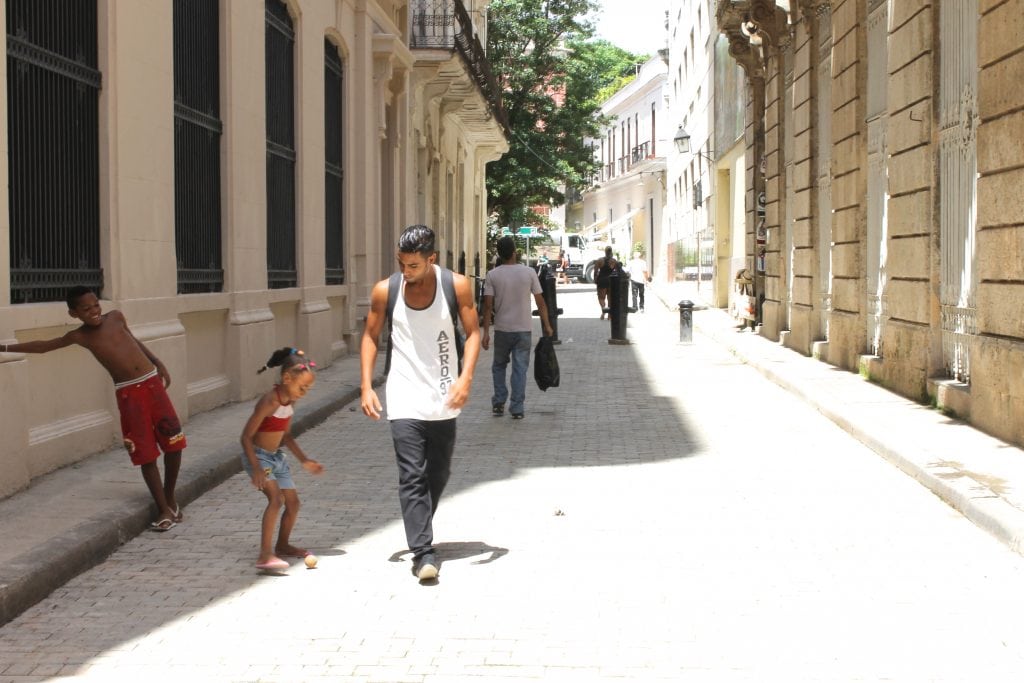Travel Brands Play It Safe on Social With Popular Attractions, Not Local Experiences

Skift Take
Many travel brands argue that they're all about helping travelers explore destinations from new angles that get them into local lives and surrounded by local communities. Traveler behavior definitely reflects this to some extent in cities throughout the world, but many brands' social media channels don't echo these scenes and instead push safer shots of familiar destinations.
Hotels, destinations, and even some airlines have converged on the theme that travelers want to live like locals and have unique experiences, and places and brands have doubled down on this marketing message in recent years.
But it's challenging to portray local life and experiences through an Instagram photo, Facebook post, Tweet, or Snapchat video, though the latter has considerably helped some travel brands such as Airbnb and Four Seasons Hotels and Resorts tell more engaging stories. While most brands say they want their guests and visitors to see a destination for what it really is, their social media teams are struggling to show this and in many cases their Instagram and Facebook feeds, for example, don't reflect scenes beyond popular tourist areas.
A quick browse through any given travel brand's Instagram feed — the most photo-centric and one of the world's most-used and fastest-growing social channels — reveals dozens or hundreds of iconic landscape shots, such as tulip fields in the Netherlands or panoramas of Cape Town, South Africa.
Influencers, those with large and/or niche followings, are often brought in to help travel brands market the places they've been missing. Influencer photos bring new voices to a brand's message and -- sometimes -- fresh vantage points, too. Still, many influencers pander to mass audiences looking for famous scenes that make travelers want to visit and follow influencers' accounts. Influencers are less concerned with posting images that, let's face it, aren't as interesting to mainstream audiences.
Capturing classic scenes and local life of a destination is a difficult balance to strike on social media. For some brands the stunning aerial shots of mountains, lakes, or cities that get thousands of likes and comments may be critical parts of local life and the economy that can't be ignored. Plus, those shots usually get travelers interested in visiting in the first place. Albeit, they don't tell you which restaurant in Casablanca serves the best hummus or what day is best to visit a farmer's market in Rome. Local life and experiences aren't always inspiring or safe, either, and emphasizing them too much could deter visitors.
"I'm not sure if people want to see the perfect picture or the perfect setting of a city that you often see on brands' Instagram feeds," said Benjamin Bourinat, global director of social media at Kinetic, a New York City-based ad agency. "People want their friends and family to
